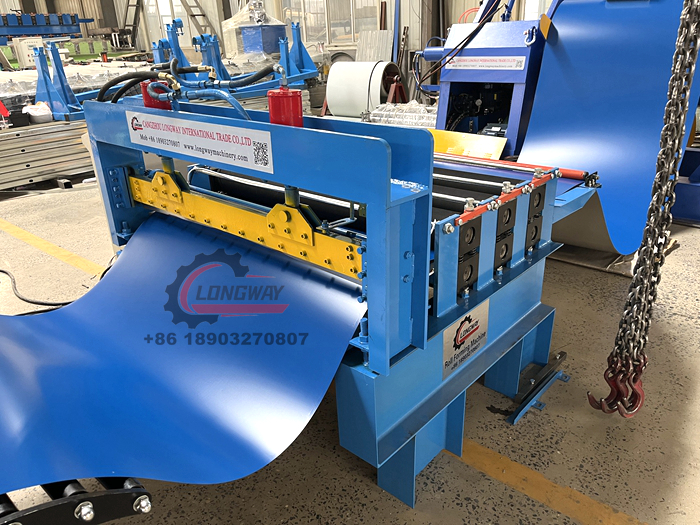Hydraulic Decoiler for Efficient Material Handling and Improved Winding Solutions in Manufacturing Processes
Overview of Hydraulic Decoilers Enhancing Efficiency in Metalworking Industries
In the realm of metalworking, the efficiency of production processes greatly impacts the overall productivity and profitability of manufacturing operations. One pivotal piece of equipment that has emerged as essential in this domain is the hydraulic decoiler. This specialized tool is engineered to assist in the unwinding of coiled materials, particularly metal sheets and strips, facilitating smoother processing in various industrial applications.
What is a Hydraulic Decoiler?
A hydraulic decoiler is designed to uncoil and feed material into manufacturing processes such as stamping, cutting, and bending. It operates using hydraulic power to manage the unwinding of heavy coils, which can be cumbersome and challenging to handle manually. By employing hydraulic systems, these decoilers can handle large weights and allow for smoother operation, reducing the risk of material damage and ensuring a consistent feed.
Key Features and Benefits
1. Automatic Operation Modern hydraulic decoilers are often equipped with automated controls that allow for precise adjustments in speed and tension. This automatic functionality minimizes human intervention, reducing labor costs and mitigating the chances of errors during operation.
2. Capacity and Versatility Hydraulic decoilers come in various sizes and configurations to accommodate different coil weights and dimensions, ranging from light-duty to heavy-duty applications. This versatility makes them suitable for diverse industries, including automotive, construction, and appliance manufacturing.
hydraulic decoiler

3. Integrated Safety Features Safety is a paramount concern in any manufacturing environment. Hydraulic decoilers are typically outfitted with safety guards, emergency stop buttons, and other protective features to ensure safe operation, protecting both personnel and equipment.
4. Enhanced Material Handling The use of a hydraulic decoiler significantly improves the handling of materials. By providing a stable and controlled unwinding mechanism, these devices help prevent tangling and deformation of the metal coils, ensuring that the material remains in optimal condition for downstream processing.
5. Increased Production Efficiency With the capability to seamlessly integrate into automated production lines, hydraulic decoilers contribute to a continuous material flow. This integration increases overall throughput, allowing companies to meet higher production demands without compromising quality.
Applications in the Industry
Hydraulic decoilers find applications across various sectors. In the automotive industry, they are used to feed metal sheets into stamping machines, enabling the quick and efficient production of car panels and components. In construction, these devices are vital for handling steel coils used in reinforcement bars and other structural elements. Additionally, in appliance manufacturing, hydraulic decoilers enable the swift production of parts that require precise metalwork.
Conclusion
In conclusion, hydraulic decoilers play an indispensable role in the metalworking industry by enhancing operational efficiency and streamlining production processes. With their ability to automate coil handling, improve safety, and promote uninterrupted workflows, these devices are integral to meeting the fast-paced demands of modern manufacturing. As industries continue to evolve, the importance of advanced machinery like hydraulic decoilers will only grow, leading to more innovative approaches in handling materials and increasing productivity. Investing in a hydraulic decoiler is not just a matter of improving machinery; it's a strategic move toward a more efficient and profitable metalworking operation.
-
Top Metal Roofing Machine ManufacturersNewsAug.04, 2025
-
Production Line with a Gutter Forming Machine for SaleNewsAug.04, 2025
-
Production Capacity with a Purlin Machine for SaleNewsAug.04, 2025
-
Exploring Roofing Sheets Manufacturing Machine PriceNewsAug.04, 2025
-
Drywall Roll Forming Machine for SaleNewsAug.04, 2025
-
Best Roof Panel Machine for SaleNewsAug.04, 2025
-
Roof Panel Machines: Buying Guide, Types, and PricingNewsJul.04, 2025








